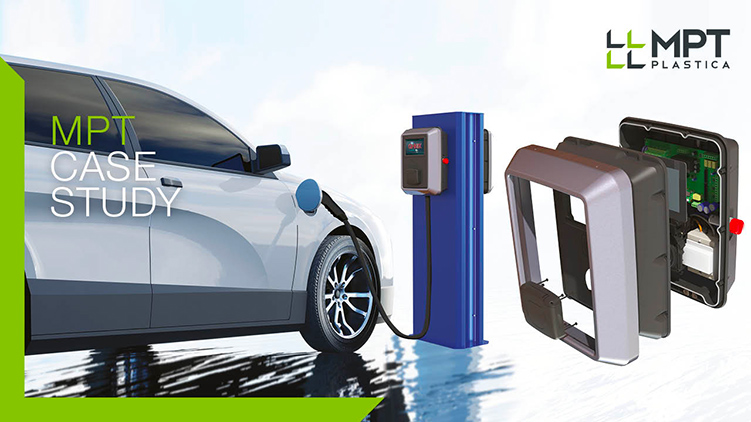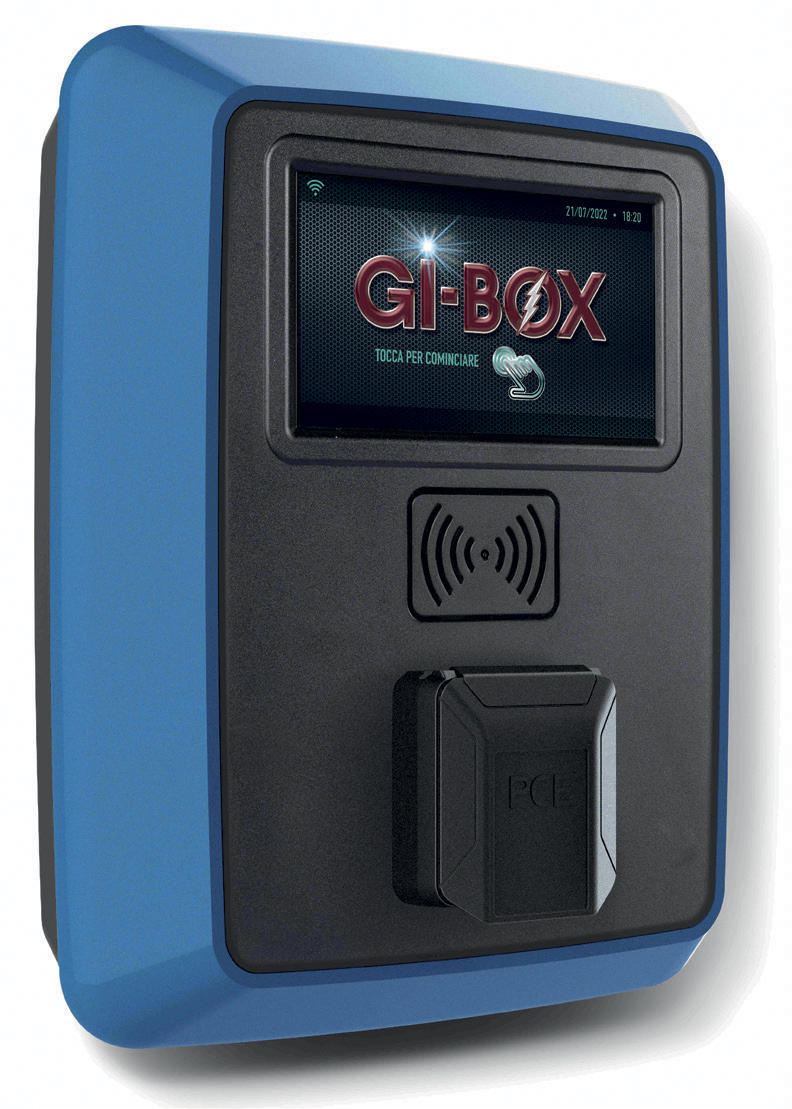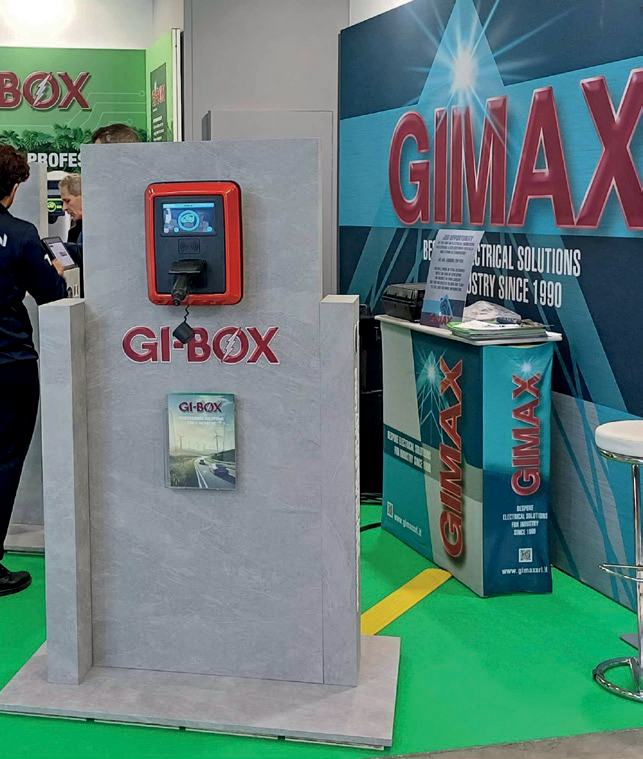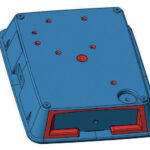GI-BOX by Gimax is a wallbox charging device that combines premium aesthetics with high performance and the strictest adherence to safety standards. This achievement is made possible thanks to the Formula1Partner provided by MPT Plastica, supporting the client in product development from co-design to mold, all the way to the molding of the finished solution.
Gimax, Italian leader in the manufacture of electrical appliances, electrical materials, and electronic components, asked us to create an outer casing that was:
- Robust, with impact resistance and weather resistance compliant with IK10 certification.
- Suitable for prolonged use in private and public spaces.
- Flame retardant, meeting self-extinguishing requirements according to UL94 V0 class.
- Waterproof, even when subjected to washing with pressure washers, with total protection against the penetration of dust and liquids IP55.
- Pleasant-looking with precise fittings.
Discover all the details and operational steps of the project by reading the article.








